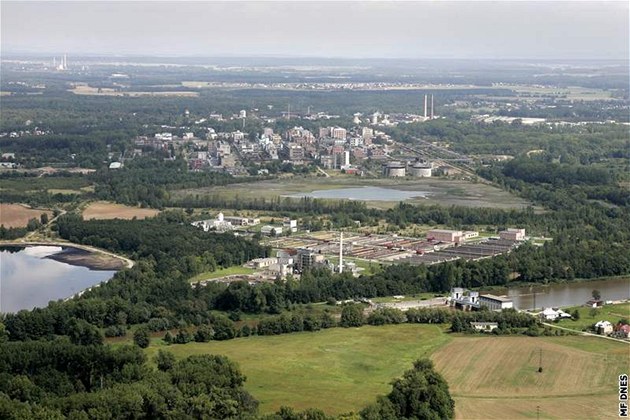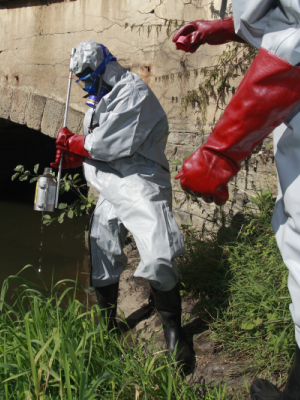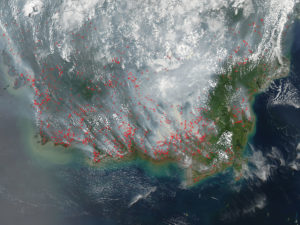A community definition of Geocaching:
Geocaching is a real-world, outdoor treasure hunting game using GPS-enabled devices. Participants navigate to a specific set of GPS coordinates and then attempt to find the geocache (container) hidden at that location.
Most environmental advocacy around the world is based on the assumption that citizens understand the state of the natural world around them through direct or implicit experience. Studies show, though, that people are spending less time outdoors in the United States and other countries.
Chances are, most people aren’t hanging out along polluted rivers, in fields next to chemical factories or next to oil refineries.
The Greenpeace Detox campaign is all about getting major clothing brands to get toxic chemicals out of the environment (an unfortunate side effect of modern clothing manufacturing). Without a doubt, teams around the globe have created innovative campaigns to educate, engage and mobilise citizens around the Detox message (see our story about Detox flashmobs).
But getting people in or near some of the more polluted landscapes involved in clothing production and other industries isn’t easy. Sure, you can throw people in a boat or organize hikes.
But what about getting people to explore and learn about outdoor locations on their own? This just happens to be what geocachers do.
Geocaching in Action
In 2011, a Greenpeace team In the Czech Republic set up a series of geocaches as a supplement to their Detox campaign. The goal of the program was to give people a way to find out more about polluted river areas.
This innovative program took a shot at reaching new audiences using channels and programs familiar to them — in this case Geocaching. Projects like these that test new ideas don’t always pay off big but often reward campaigners in unexpected ways.
In this case, several hundred people have reported finding the geocaches and feedback shared through online logs and discussions has been positive. Most geocachers report shock over the chemical sting of the air and dirty river. Here are a few comments shared by geocachers finding these locations:
I was here at the first time 15 years ago. Already in those days I didnt understand how they could let this water go to the river. Today the smell was much more intensive. I still smelled that in the car when i was several kilometres from here. Thank you for cache. (Shaama)
I was not only one who had the idea to go there sooner than someone will stole it again. I parked my car 500 metres and the rest went by walking. When i get off the car the strange stink amaze me. It was worse and worse and when a got the cache i was really sick. I found the cache easy but the place is horrible. There is rubbish everywhere. The water really shouldn’t have this colour and smell like thinner.
I was happy to go away somewhere where is cleaner air. You could see there how cleanly is the Synthesia.
The team set up four geocache locations along the Labe River. This is a link to the Geocaching.com page with more details about most visited of the sites, in Ústí nad Labem, near the Spolchemie chemical factory.
The second most visited cache is in Pardubice next to the Synthesia chemical factory. The team reported problems with someone destroying the cache. It turned out that factory security was removing the cache. GP Czech team member Jana Pravdova wrote about their experience with this cache and the factory. Local media followed up on the issue of the missing cacheand it has since gone undisturbed.
Setting up a geocache site is fairly simple and you may already know people that participate in geocaching. The Geocaching.com site provides good resources and FAQs for more information. One important point is that geocache sites can’t be overtly advocacy and/or campaign oriented. The goal of the geocacher is to find the cache and learn about the surrounding landscape along the way. Direct experience and knowledge gained along the way will give participants understanding of the environmental problems, as is the case along the Labe River.

Aerial view of the Synthesia chemical plant. Photo: Michal Klima, MF DNES
Categories:
tech, tools and tactics



